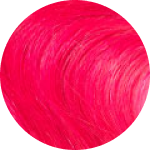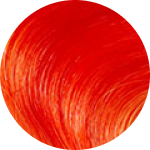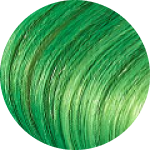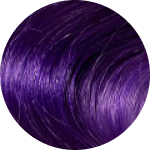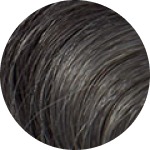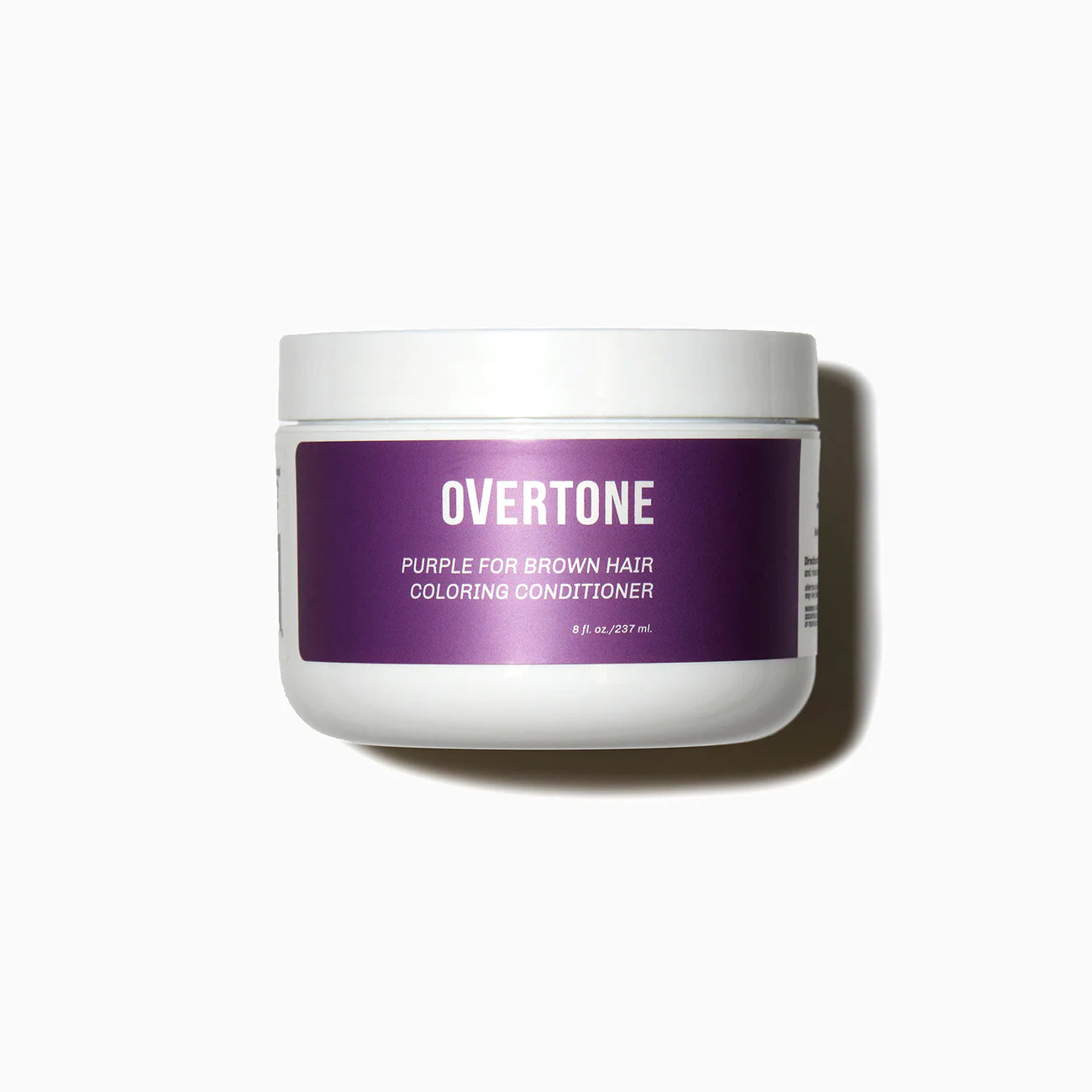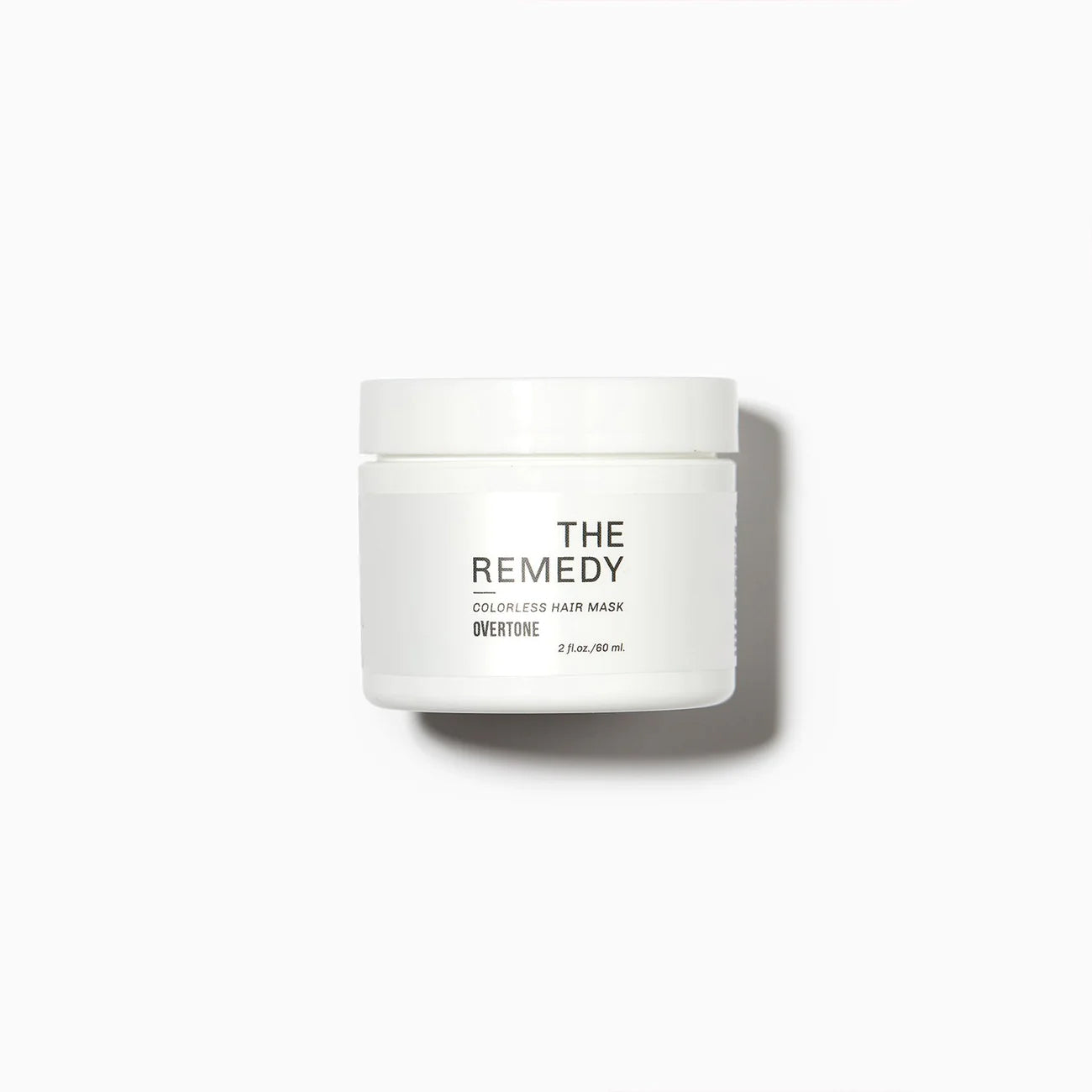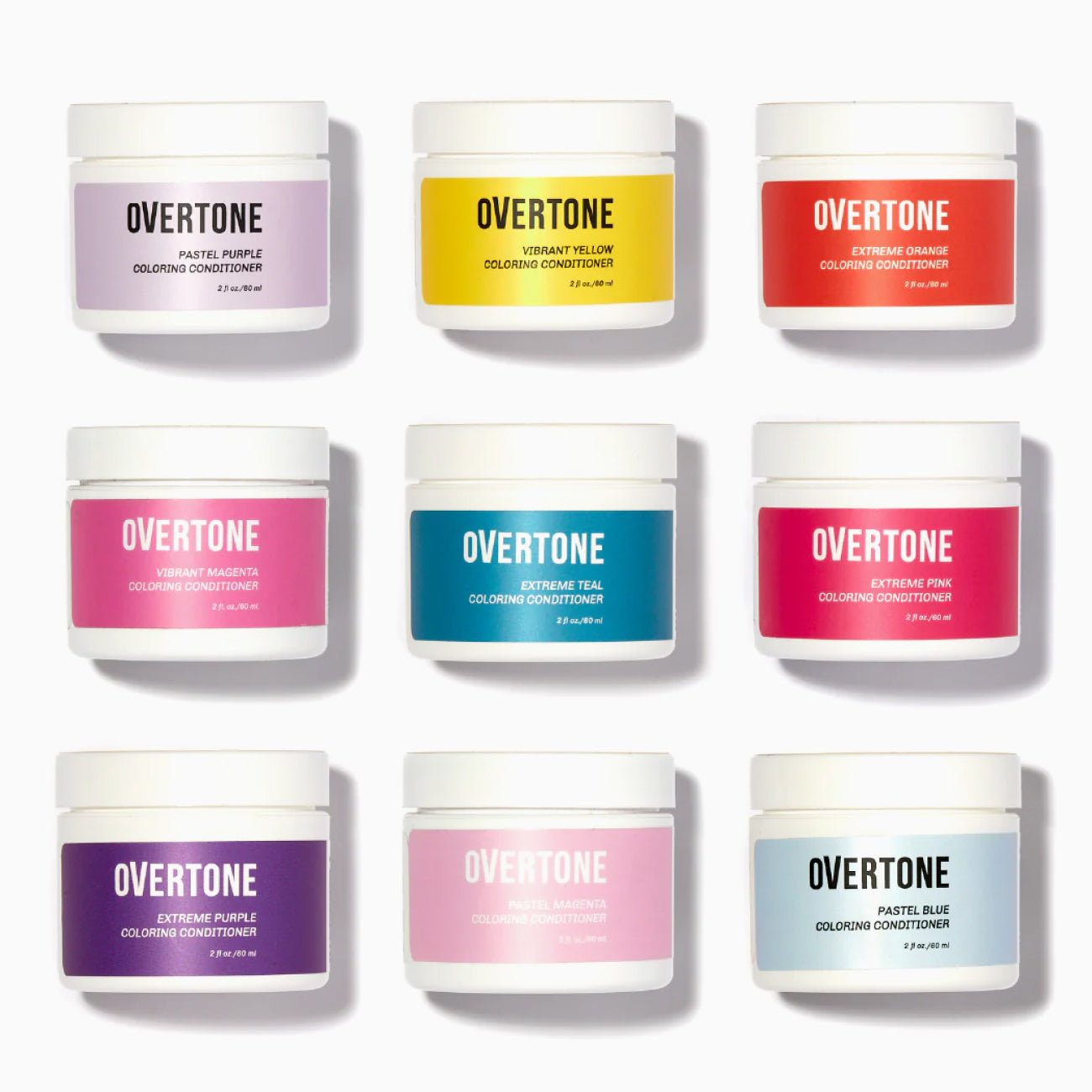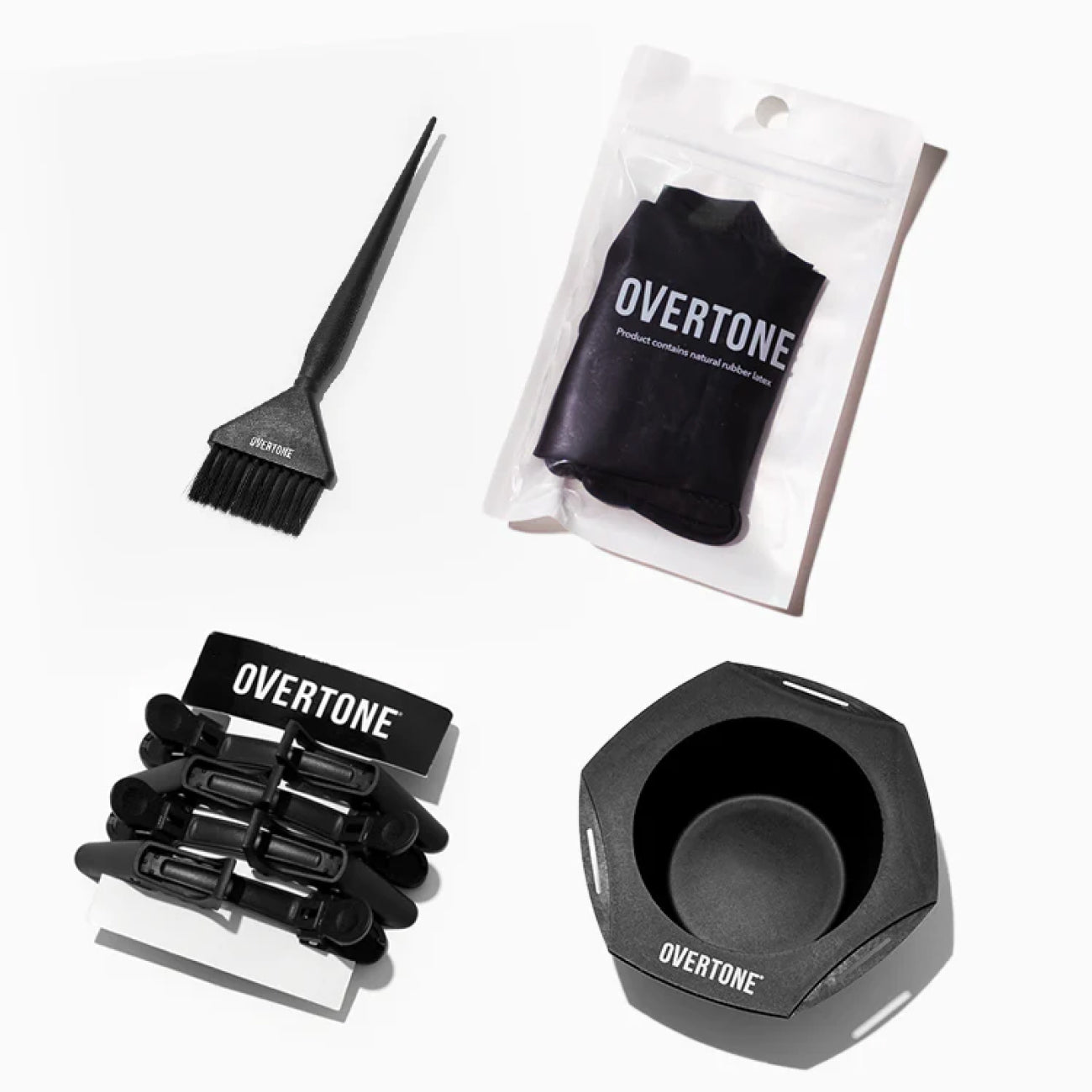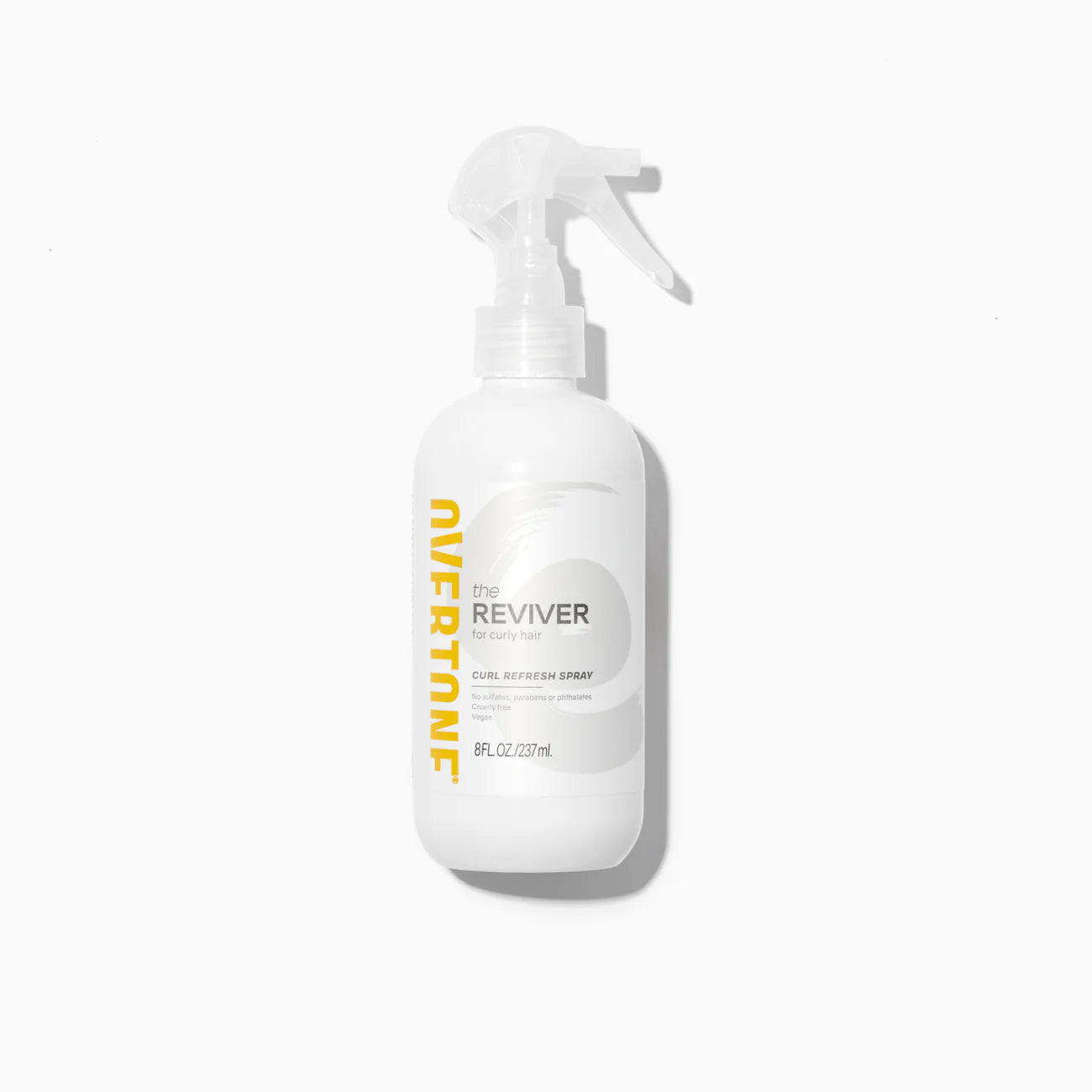Skip to content
Earth Week Sale: $22 Off Orders $100+ USD. Shop Your Vegan, Cruelty-Free, Hair-Healthy Faves & Save!
How To Choose The Right Toning Conditioner For Your Hair
Remember the color wheel? The one from kindergarten that helped you learn about primary colors and combining colors to make new ones? Well it turns out that the color wheel is helpful even as you get older—especially when you start to see a shift in your salon or natural color.
If you want to skip the science and see it in action, check out an amazing color wheel journey here.
If you’re still with us, let’s get into how color theory and your hair work together.
Starting Shades
Your starting hair color can help determine what undertones your shade is prone to. Blonde hair tends to pick up yellow or brassy undertones, brown hair can pick up warm undertones, and anyone with hair or highlights lighter than medium brown can show brassiness. And, if you’re a swimmer, you’re probably all too familiar with the green/teal effects of chlorine.
Ok, Now What?
Now that we’ve covered what undertones are most common in specific starting shades, let’s take a look at how the color wheel cancels them out
Colors across from one another on the color wheel are complementary colors, and complementary colors cancel each other out.
Once you’ve identified your unwanted undertone, here’s the Toning Conditioner that cancels it:
So, the next time you find yourself trying to figure out how to get your hair back to the shade it once was, feel free to take a peek at the color wheel and then grab the shade you need to restore it.
SHOP PRODUCTS IN THIS POST:
Purple Toning Conditioner
{"statementLink":"","footerHtml":"","hideMobile":false,"hideTrigger":false,"disableBgProcess":false,"language":"en","position":"left","leadColor":"#146ff8","triggerColor":"#146ff8","triggerRadius":"50%","triggerPositionX":"left","triggerPositionY":"bottom","triggerIcon":"people","triggerSize":"medium","triggerOffsetX":20,"triggerOffsetY":20,"mobile":{"triggerSize":"small","triggerPositionX":"left","triggerPositionY":"bottom","triggerOffsetX":10,"triggerOffsetY":10,"triggerRadius":"50%"}}

